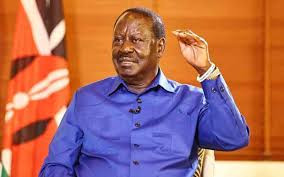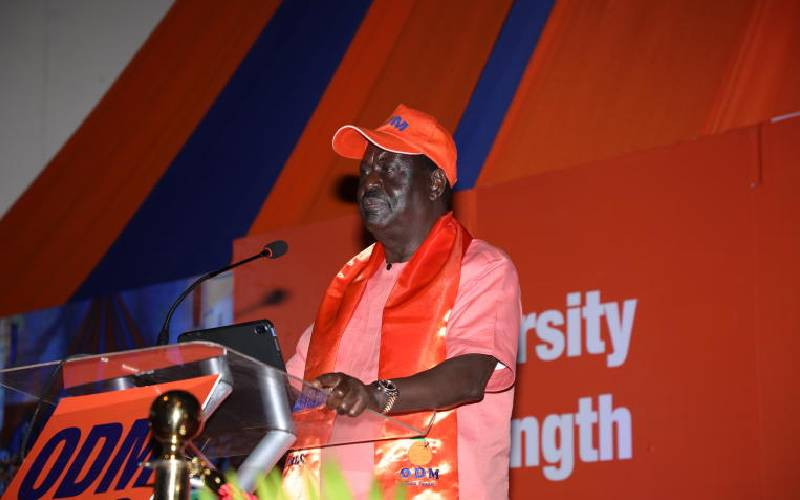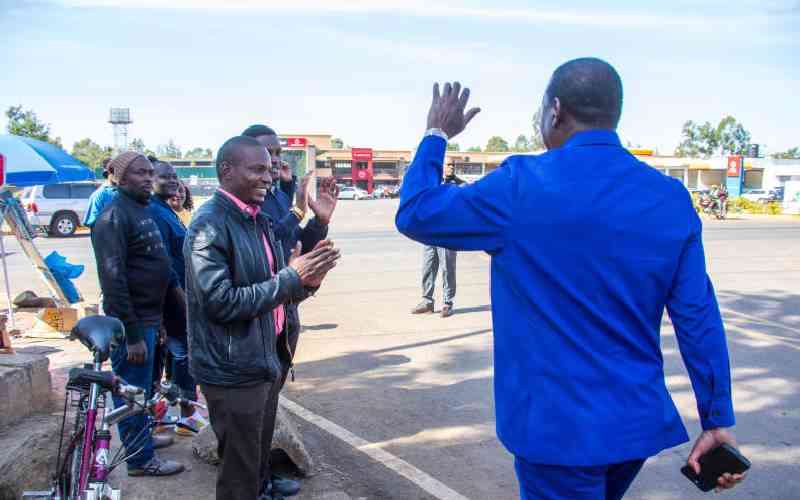It is Handshake Day, today. Last year on this day, President Uhuru Kenyatta and his nemesis, Raila Odinga of ODM, surprised everybody. They turned up at Harambee House to announce a secret deal. In the midst of mutual public hostility about the 2017 presidential poll, they had been holding secret peace talks. Now they had just signed a peace deal.
A few people who had worked with the two leaders – on both sides – were openly surprised. Probably, they had thought, they should have been part of any dialogue between Kenyatta’s Jubilee and Raila’s NASA coalition? In any event, during internal NASA consultations, Raila had been unyieldingly against any dialogue with Jubilee. But such is political innocence.
Once the two political adversaries announced their peace accord, everything changed. The remaining NASA fraternity did not come out to declare, “A luta continua.” Nor did the Jubilee honchos who did not know of the secret talks come out to reject the deal. A few verbal protests here and there. But that was it. In essence, Raila and Kenyatta were at once the problem and the solution, it would seem?
Having been very close to the NASA principals, I can report with authority that the handshake was only Raila’s second surprise move in five weeks. The first had been his “swearing in.” In private, the principals had agreed it would not take place. In public there was need to posture that it was on. Raila had, in reality, thrown the other three principals off balance and gone on with the “swearing in.” He made them look bad, very bad. In the political context, both the “swearing in” and the handshake attest to the disconnect between public optics and the reality.
In both instances, there was a wide berth between what was happening behind the scenes and what the public was getting. In one case, the public thought that the NASA principals were agreed on swearing in Raila. In reality, they were playing to the gallery. In the other instance, people thought that there was irredeemable hostility between President Kenyatta and Raila.
In reality, they had long ago bridged the gap. Are we allowed to speculate that they may even have begun talking way before the “swearing in?” We don’t know. Yet all this is water under the bridge. The question now is, so what after the handshake? What have been the dividends? The peace bonus is one. People go about their activities without fear of stones and sundry missiles – complete with police gunshots and teargas. And these things came with the loss of blood and life. Kenyans have been spared all these – at least for now.
But, why should I say “at least for now?” Because it is not the first time Kenya has been excited about a handshake. In February 2008, there was another handshake between President Kibaki and the ODM leader in the wake of the post-election activities of December 2007. Earlier, after the 1997 elections, there was another between President Moi and Raila.
Raila has had three post-election handshakes with three different presidents. He is the common factor in all the three and allied to this common factor is the instability that precedes the handshakes. A third one is the tranquility that comes after the handshakes. We must ask, why these three common factors? Either Raila has been sinned against than any other Kenyan politician, or he is the problem – or both. I don’t have the answer.
If this very consistent track record is anything to go by, however, is it likely that we could talk about another handshake in 2022? Narrowly focused reviews and analyses have suggested after President Kenyatta came into the picture that the problem is rivalry between the Kenyatta and Raila families. This is closed-minded thinking. Kenya has had violent election related situations in 1992, 1997, 2007 and 2017. Only the last of these has involved Kenyatta directly. To suggest that the challenge is a Raila-Kenyatta affair is to hide our collective national head in the sand.
Kenyans have tended to sweep the dirt of historical injustices under the rug of passing convenience. In the process, the country incubates violent challenges. They always come back to haunt us.
Today, there is a non-inclusive Bridge Building Initiative (BBI) that is the property Uhuru and Raila and Kenyans will someday interrogate the BBI’s recommendations, the process and above all its legality and legitimacy. In the end, the BBImight be doomed to failure, as does everything that lacks broad ownership and acceptance.
The peace dividend from the handshake needs harnessing to avoid future chaos. The questions that NASA raised, as “irreducible minimums” for elections, must be addressed in a legally structured all-inclusive context.
In turn, they must be balanced against Jubilee’s own fears and concerns. The emerging discontents in Jubilee also need to be addressed. Above all, the Truth, Justice and Reconciliation Commission Report must now be revived as the starting point for engagement. If not, the BBI will achieve little or nothing – with many more handshakes ahead.
- The writer is a strategic public communications adviser.
Stay informed. Subscribe to our newsletter
 The Standard Group Plc is a
multi-media organization with investments in media platforms spanning newspaper
print operations, television, radio broadcasting, digital and online services. The
Standard Group is recognized as a leading multi-media house in Kenya with a key
influence in matters of national and international interest.
The Standard Group Plc is a
multi-media organization with investments in media platforms spanning newspaper
print operations, television, radio broadcasting, digital and online services. The
Standard Group is recognized as a leading multi-media house in Kenya with a key
influence in matters of national and international interest.
 The Standard Group Plc is a
multi-media organization with investments in media platforms spanning newspaper
print operations, television, radio broadcasting, digital and online services. The
Standard Group is recognized as a leading multi-media house in Kenya with a key
influence in matters of national and international interest.
The Standard Group Plc is a
multi-media organization with investments in media platforms spanning newspaper
print operations, television, radio broadcasting, digital and online services. The
Standard Group is recognized as a leading multi-media house in Kenya with a key
influence in matters of national and international interest.









